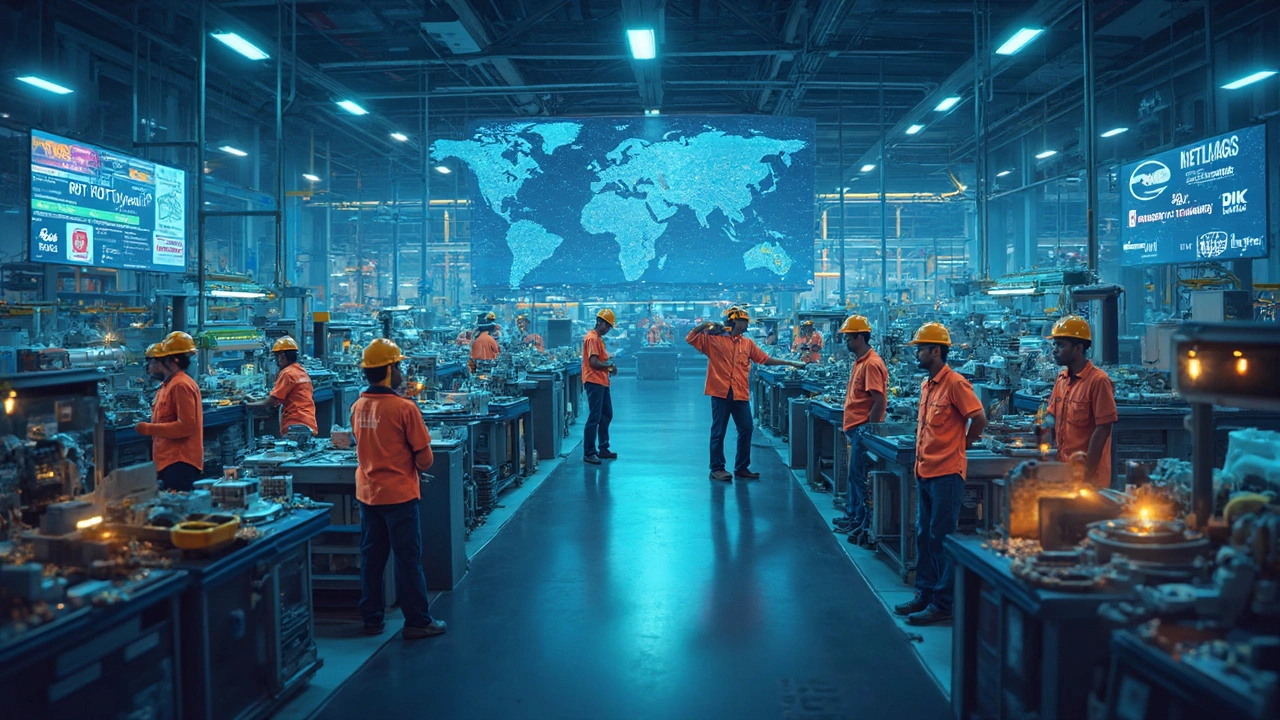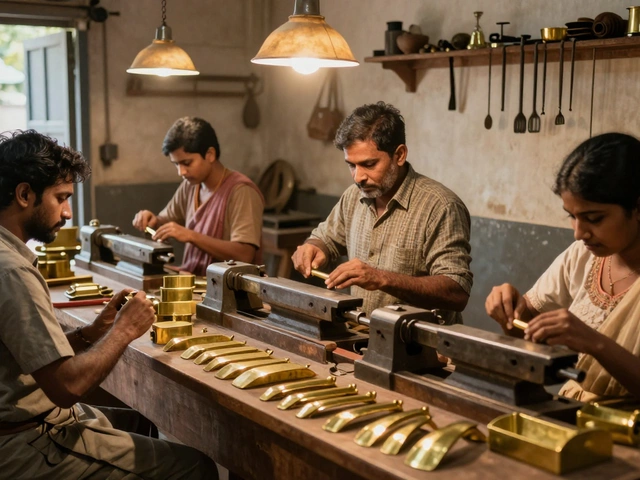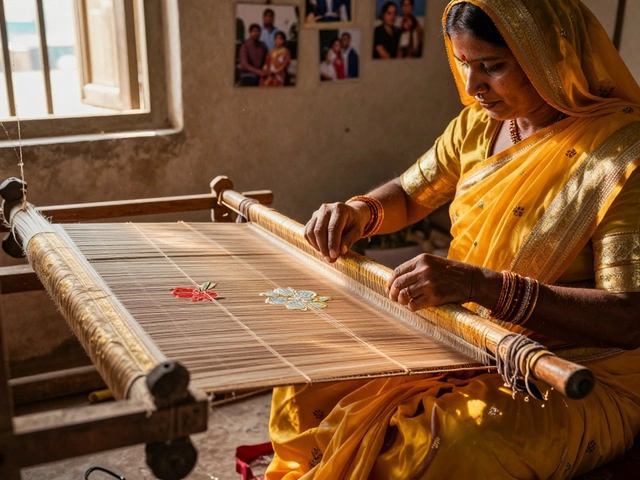Top Manufacturing Companies in India: Who’s Leading the Pack?
If you’re looking to understand which firms are shaping India’s industrial future, you’ve come to the right spot. These companies aren’t just big on paper; they deliver real products, jobs, and innovation that affect daily life. Below we break down the major players, what they do best, and why they matter to you.
Why These Companies Matter
First off, the top manufacturers aren’t isolated silos. Their success pushes the whole supply chain forward – from raw material suppliers to small workshops that depend on steady orders. When a giant like Reliance Industries ramps up its plastic production, a local rod‑cutting shop may see more business. That ripple effect creates jobs, stabilizes prices, and raises India’s global standing.
Key Players to Watch
Reliance Industries – Known for petrochemicals, it now leads in synthetic textiles and renewable energy. Its massive plants in Gujarat churn out everything from polyester fibers to green hydrogen, making it a go‑to partner for many downstream firms.
Tata Steel – With plants in Jamshedpur and a growing overseas footprint, Tata Steel supplies the steel that builds bridges, cars, and skyscrapers. Their focus on low‑carbon steel is attracting global contracts that demand eco‑friendly material.
Mahindra & Mahindra – While many think of Mahindra as an auto brand, its manufacturing arm also creates tractors, two‑wheelers, and even electric buses. Their factories blend robotics with skilled labor, keeping costs competitive.
Infosys Manufacturing Services – This may sound odd, but Infosys runs smart factories for electronics and medical devices. Their digital twins and AI‑driven quality checks cut waste and speed up production, drawing clients worldwide.
Aditya Birla Group – From viscose fibers to cement, the Birla conglomerate covers a wide range of sectors. Their integrated plants mean raw material moves internally, shaving off time and cost.
These five firms represent a mix of traditional heavy industry and newer tech‑focused manufacturing. Together they cover steel, chemicals, textiles, automotive, and high‑tech electronics – the core pillars of India’s industrial engine.
What sets them apart isn’t just size; it’s how they invest in technology. Automation, IoT sensors, and data analytics are now standard in their production lines. That means higher quality, less downtime, and faster response to market changes.
For small businesses, watching these giants can reveal trends. If a leading company shifts to biodegradable plastics, suppliers of raw bio‑materials will see a surge. If an auto leader pushes electric trucks, component makers for batteries will get new orders.
Finally, government policies play a big role. Initiatives like “Make in India” and tax breaks for green factories give these top manufacturers an extra boost. They can expand faster, hire more, and export to new markets.
Bottom line: the top manufacturing companies in India are more than big names – they’re trendsetters that dictate where the next opportunities will appear. Keep an eye on their moves, and you’ll spot the chances to grow your own business or choose reliable partners.
Who is the Leading Manufacturer in the World? Top Manufacturing Companies Revealed
Ever wondered which company actually leads the world in manufacturing? This article lays out who tops the list, what sets them apart, and how they got so big. You'll get surprising facts about their size, what they really make, and why it matters for your everyday life. Plus, there are tips on spotting up-and-coming players in the global race. Dive in to see how the numbers stack up and which brands shape the world as we know it.
Read More




